The Apple Watch Review
by Joshua Ho & Brandon Chester on July 20, 2015 8:00 AM EST- Posted in
- Wearables
- Apple
- Mobile
- Apple Watch
WatchOS: Time and Notifications
Ultimately, Apple Watch is a first generation product. As a result, details like the CPU, GPU, and RAM configurations are of secondary importance to software. Choices made early in the growth of a platform can have far-reaching consequences that will remain many years after the original hardware has long been obsolete. Android still uses the sdcard convention for user storage, even though many modern Android smartphones place the sdcard partition on internal storage as early Android smartphones strongly relied on microSD cards for user storage. iOS generally sees more issues with aspect ratio and density transitions than Android due to choices in UI rendering architecture, which were determined with the original iPhone. As a result, Watch OS 1 has to be a solid base for future growth, even if future iterations of Watch OS end up nothing like the original Watch OS.
Probably the first area worth discussing are watchfaces. One of the first things that became apparent to me in my experiences with Watch OS was that watchfaces have a great amount of depth when it comes to interactivity and customization. On other wearable platforms there are definitely applications that allow a pretty decent level of watchface customization in terms of appearance, but the equivalent of complications in Watch OS is usually missing to some extent. You might be able to see the weather, but you usually can’t display something else like battery percentage, sunset, calendar events, moon phases, activity progress, stocks, or any other information that you might be interested in seeing at a glance. It’s also possible to change the amount of detail you get when displaying the watch and use the digital crown to adjust the detail present analog faces. For example, the chronograph watchface allows you set 60, 30, 6, and 3 seconds for the timer. Other analog faces make it possible to set hours, minutes, and seconds of precision on the display. This might be a bit boring, but the included watchfaces show a solid framework for future growth.
It is a bit disappointing to see that there isn’t support for third party watchfaces out of the gate, but I suspect this is more due to a need to work out exactly what is needed for the API and the need to commit to long term support for any public-facing API. By comparison, it goes without saying that whatever private APIs Apple is using to enable the first-party watchfaces are subject to change at any time, which allows for significant latitude in how watchfaces are implemented.
Overall, the included watchfaces are also well-designed. It isn’t really possible to show with video, but the animations that are included are impressively executed. On analog watchfaces, the second hand moves smoothly with no apparent stutter, which is a nice touch even if this isn’t all that difficult for a general purpose computer with a display that can refresh at incredibly high rates as I’ve seen more than one smartwatch that will only update the second hand every second rather than in a seemingly continuous manner. I personally ended up using the modular watchface most of the time, which doesn’t have any analog motion, but something as simple as the breathing second indicator is subtle and well-executed.
Given that Apple Watch is supposed to be a timepiece first, there are other aspects of the watch worth discussing like the timer, alarm, and stopwatch UIs. Although this is seemingly small stuff, it’s really worth calling out the timer and alarm UIs as the best example of how the combined touch and digital crown navigation works in practice. There are large touch targets to select hours and minutes, and the digital crown allows for fast and precise selection within hours or minutes. The stopwatch UI is a great demo of Force Touch in action, as it’s possible to go from a simple analog or digital interface to a hybrid one, with a live graph of relative lap times instead of just a list of previous laptimes.
This is all really rather boring when you take a step back and realize that I’ve been talking about three of the most boring and bog-standard applications on any smartphone today, but when it comes to a first generation smartwatch it’s critical to get these applications done right. Of course, it goes without saying that alarms and timers work incredibly well on the Apple Watch due to the haptic feedback that is occurring on my wrist. Overall, on these simple aspects it's already pretty clear that Apple has put a pretty significant amount of thought into WatchOS. Probably the most obvious example of this is the ability to set the clock to be a set number minutes ahead, which is something that really shows attention to detail on Apple's part.
Outside of watchfaces, the next most important aspect of the Apple Watch is probably the notification system. When purely focused on the actual notification shade, the design doesn’t have any obvious flaws. If there are notifications in the drawer, a red dot appears on centered on the top of the display. Swiping down from the watchface opens up the notification drawer, with the ability to scroll through notifications with the digital crown and dismiss all notifications by using Force Touch providing a smooth and quick experience, although if you’re like me you might not realize that you can use Force Touch to dismiss all notifications for some time. However, in my experience with Watch OS 1 the experience is pretty bimodal when it comes to how useful these notifications are. The first case usually involves the ideal experience, which is an actionable notification that I can respond to on my wrist and dismiss after responding to it without ever taking out the phone to respond to the notification. Multiple simultaneous notifications are handled smoothly and logically. This is usually what happens with simple text messages/iMessage and other first-party applications.
The second case is usually what happens with third party applications, which tends to be a combination of poor handling of multiple notifications and no real actions that can be taken. Pretty much any third party IM client suffers from these issues right now, and probably the biggest source of notifications on my phone comes from third party IM clients. As a result, it’s really quite irritating to raise my wrist and see nothing but the application icon and a message saying that I have two notifications. In order to appropriately respond to this, the only solution at this time is for me to take out my phone, unlock it, and then read and type out my response on the phone. Alternatively, I have to dismiss the notification, then go back to the notification drawer and go through each notification separately.
To me, this represents a pretty significant issue that pretty much every wearable platform has right now, which is that there are often corner cases where wearables end up using more time than just using a smartphone alone. In the near term, I suspect the quickest solution to this issue is turning multiple notifications arriving simultaneously into a scrollable list instead of simply notifying that there are multiple notifications. It would also be helpful to be able to respond to notifications using dictation on the watch to draft a response, but I suspect that this requires additional work on the part of the developer to enable such things.


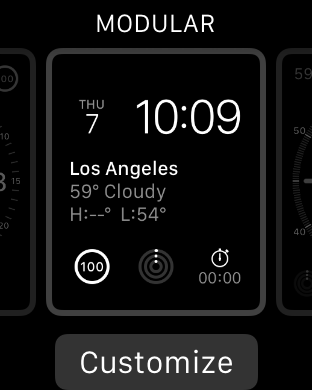
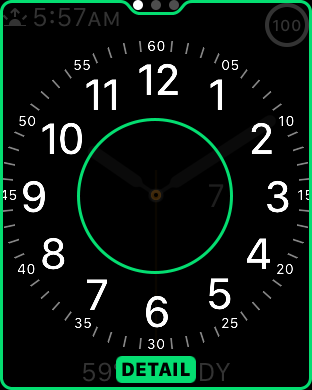
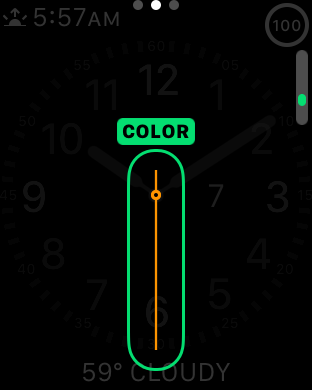
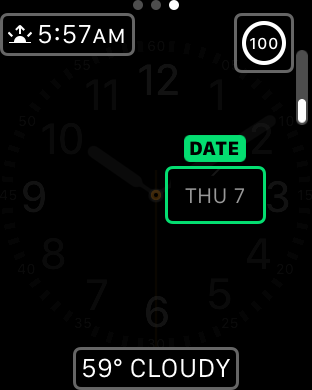
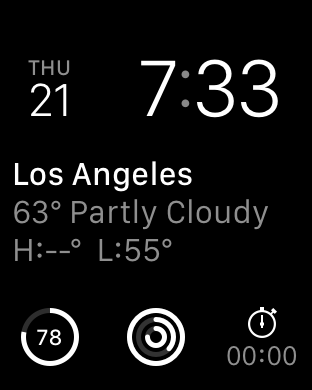
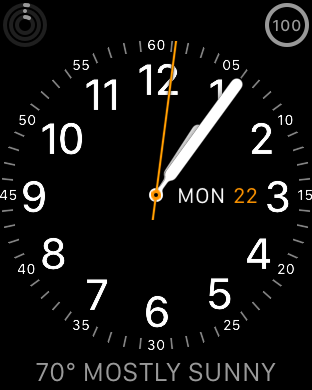
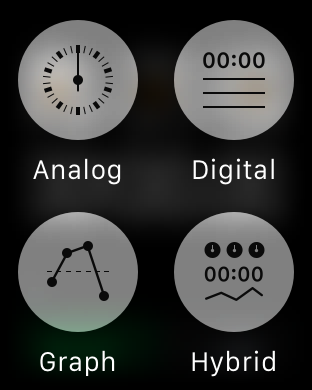
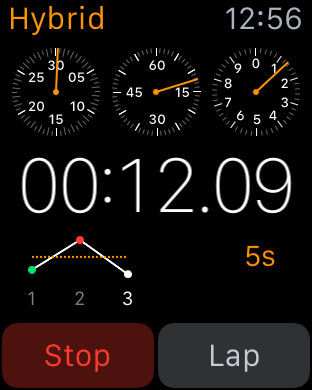
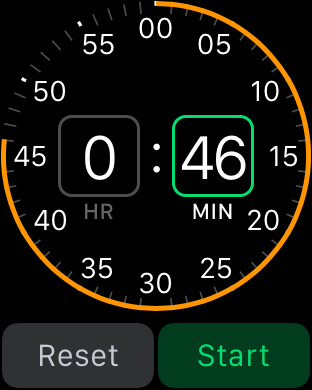
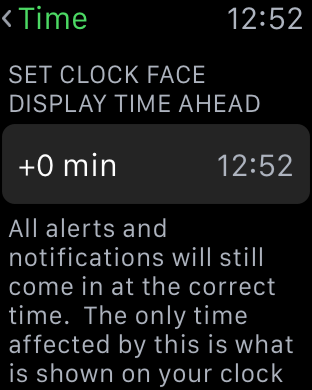
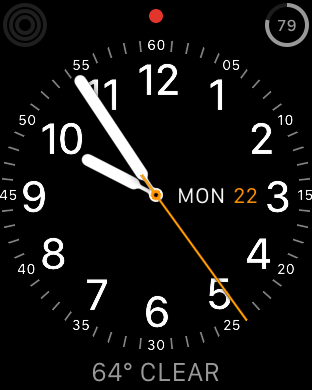
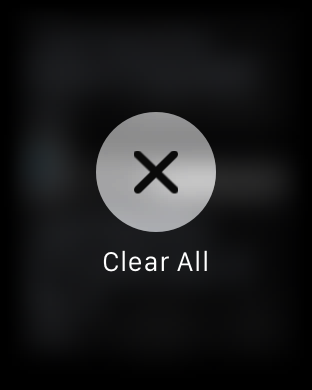
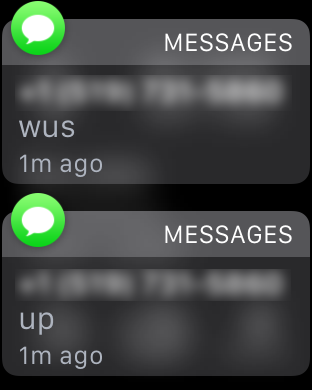
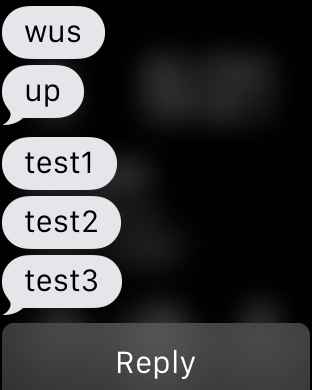
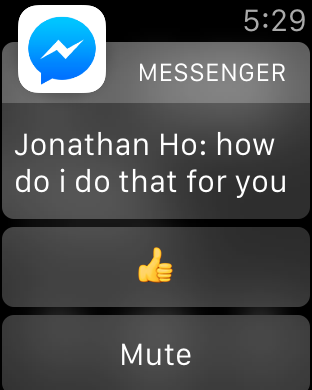
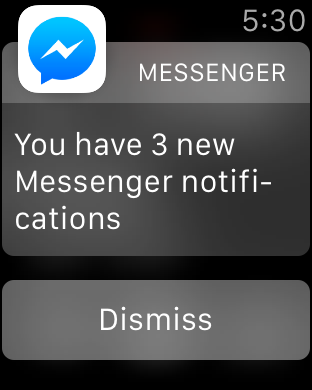








270 Comments
View All Comments
JoshHo - Tuesday, July 21, 2015 - link
It would be great to get specific instances of overly wordy areas, and information that you have learned elsewhere that is redundant in the review to improve our wearable reviews going forward.Blairh - Monday, July 20, 2015 - link
As an iPhone user I think the notifications aspect of the AW would be very appealing, but Apple is asking for too much money for such a luxury. And I'm talking about the Sport models. The SS models are ridiculously expensive. It's no surprise that roughly 3/4 of all AW sales have been the Sport models. Seriously you are nuts IMO to buy the SS model unless you have money to burn. Plus I think the Sport models are just nicer looking in general. And lighter to boot.Anyways, this review highlights a current glaring weakness which is the inability to respond to IM 3rd party apps directly on the AW. If you use WhatsApp or Facebook Messenger often as I do you are SOL if you want to respond with your AW right now. Perhaps this will change with the 2.0 update come fall, but still, right now this is really only ideal if you main communication is the messages app. Email is another story as there are several 3rd party email clients that offer voice dictation.
I'm waffling between an AW and the Vivosmart. The Vivosmart won't let me reply to any notifications from my wrist however it's a third of the price of the 38mm AW and feels awesome on your wrist.
I do believe in the future of the AW, but right now its got a lot of glaring holes to fill.
nrencoret - Monday, July 20, 2015 - link
The worst article I've ever read on this site by miles. Too many words for nothing insightful. What I find here is a desperate struggle to justify what cannot be justified. As a person who loves the site's content I'm stumped by the horrible mess I have just read just a few points:- Apple has "solved" how a watch has to fit like no other company, traditional (ie. Rolex) or tech focused. That is a simply mindboggling statement.
- The UI/UX is great. The Apple mouse and the iPhone have just one primary button for interacting. The crown, side button and force touch trilogy are the work of a comitee which couldn't settle for a simple means of interacting with a piece of technology. What Apple is best known for is how great they are at removing complexity -"just works" and "boom" come to mind- the reviewers were far to forgiving to all the usabily issues (ie. force touch discoverability). These would have been major issues on any other piece of technology.
- Understanding what it is you get for your money: If you own a jewel like a watch or ring its timeless and has an intangible value. The watch can cost a pretty penny for something that has no better hardware than whats out there. There is no inherent intangible value in the watch because as has been stated in the review there will be future iterations of it, killing the timeles argument. As such, this watch is a piece of technology not jewelery and thus, its way overpriced. Lets just see how many dads give their sons Apple Watches and how those sons give them to theirr own.
- Battery life of a single day for a timepiece is not even remotely acceptable. The Basis Peak, Fitbits and Pebbles may not be as smart but they nail the basic concept of a a time keeping device must do.
- Nowhere was there a real argument of how the current incarnation of the watch is mostly useless without being tethered. Basis Peak comes to mind as how useful a device can be with our without tether.
I could go on, given the amount of sheer nonsense of this review. I'm really dissapointed that this came from Anandtech.
alanpgh1 - Monday, July 20, 2015 - link
Awesome Review... and right on target.I've had an Apple Watch for 2 months, and it continues to be an important and non-intrusive assistant in my life. I seem to learn something new that is helpful all the time.
The only thing I ask the author to consider are these words from your review:
"Finally, "Hey Siri" works well in terms of activation, but it's really kind of disappointing that the hotword detection doesn't work with the display off. I suspect this is due to power requirements as I haven't seen any other wearable have screen-off hotword detection, but it would definitely be great to see such a feature in the future."
It is actually a feature to have the watch only listen for the "Hey Siri" hotword when the arm is lifted.
Otherwise, if listening all the time, the system would have false triggers. Think about it; this way of operation is by design.
Thanks for an excellent and thorough review!
TheRealArdrid - Tuesday, July 21, 2015 - link
Gotta admit: I didn't get past the second page of this review. This is dripping with the feel of an Apple shill piece. Am I really to believe that no other watch in history, including recent smartwatches, properly fit the author's wrist but the Apple Watch, with its amazing Milanese band, magically did? Statements like that completely destroy legitimacy and credibility. Come on man...zodiacfml - Tuesday, July 21, 2015 - link
Their failure is sticking to the old, physical idea of a watch.FunBunny2 - Tuesday, July 21, 2015 - link
-- Their failure is sticking to the old, physical idea of a watch.Yeah, and what would GUIs be without radio buttons, menus, and all of the other analog clones they're built on? Face it: it's just pixels made to look "physical".
Oxford Guy - Tuesday, July 21, 2015 - link
Honestly, I love that Apple is successful. The sound of PC-worshiping heads exploding all over the Internet is amusing. It lifts my spirits on a regular basis.Seriously, people... Apple didn't run over your mother, kill your dog, or beat your sister.
The level of nerd rage over Apple's success really is misplaced. There are far worse things to cry over than yet another big tech firm that dodges taxes and overprices stuff. It's not like Apple is the only one and it's not like society in general doesn't reward that behavior.
I've seen the anti-Apple zealotry for decades. It never changes. It always comes down to whinging about how much Apple charges, along with accusations that only gays, girls, and social-climbing superficial people use the products. In reality, despite their flaws, Apple products have been dependable workhorses for people for a long time, and some of them have been pretty innovative.
The Lisa was a thousand times more innovative than the IBM PC. Apple didn't execute because of some poor management and the sudden spike in DRAM cost (caused by Japanese firms pushing US firms out of the market with price dumping and then colluding to raise prices, as far as I have read). Yes, it was expensive but the platform was a very solid foundation for line of machines. Apple had an office suite, multitasking, protected memory, tool-less design, a bootloader that made it easy to boot from multiple operating systems, and a plethora of other modern features back in '83.
Unfortunately, the Mac was botched because it was turned from what was envisioned to be a $500 computer into a $1000 computer and then into a $2400 computer -- without making the underlying OS robust enough to justify that price or the hardware expandable enough. But, despite that, it had a very efficient GUI and people were willing to put up with bombs and freezes because that GUI was miles nicer to work with than Windows (up until 95 when things almost became as good on Windows, but not quite).
If you think Apple is so fraudulent then start your own company or get a job running one already out there and out-compete them. Then let us know about your success. Until then, find something more productive to do with your time than rant ineffectually on Internet forums.
Oxford Guy - Tuesday, July 21, 2015 - link
As for this product specifically, my advice is to wait for the next iteration that comes with a shrunken process. Apple's first iPad had a relatively short lifespan, rapidly orphaned. I wouldn't want to be stuck with this device if the same thing were to happen. It has generally been the same advice for quite some time: when Apple comes out with a new form factor, wait until version 2.Oxford Guy - Tuesday, July 21, 2015 - link
This even applied to the Mac, come to think of it. Jobs demoed (without telling the audience or the press, of course) a 512k prototype in order to run speech synthesis when he was unveiling the first Mac (128K, not expandable) to the press.